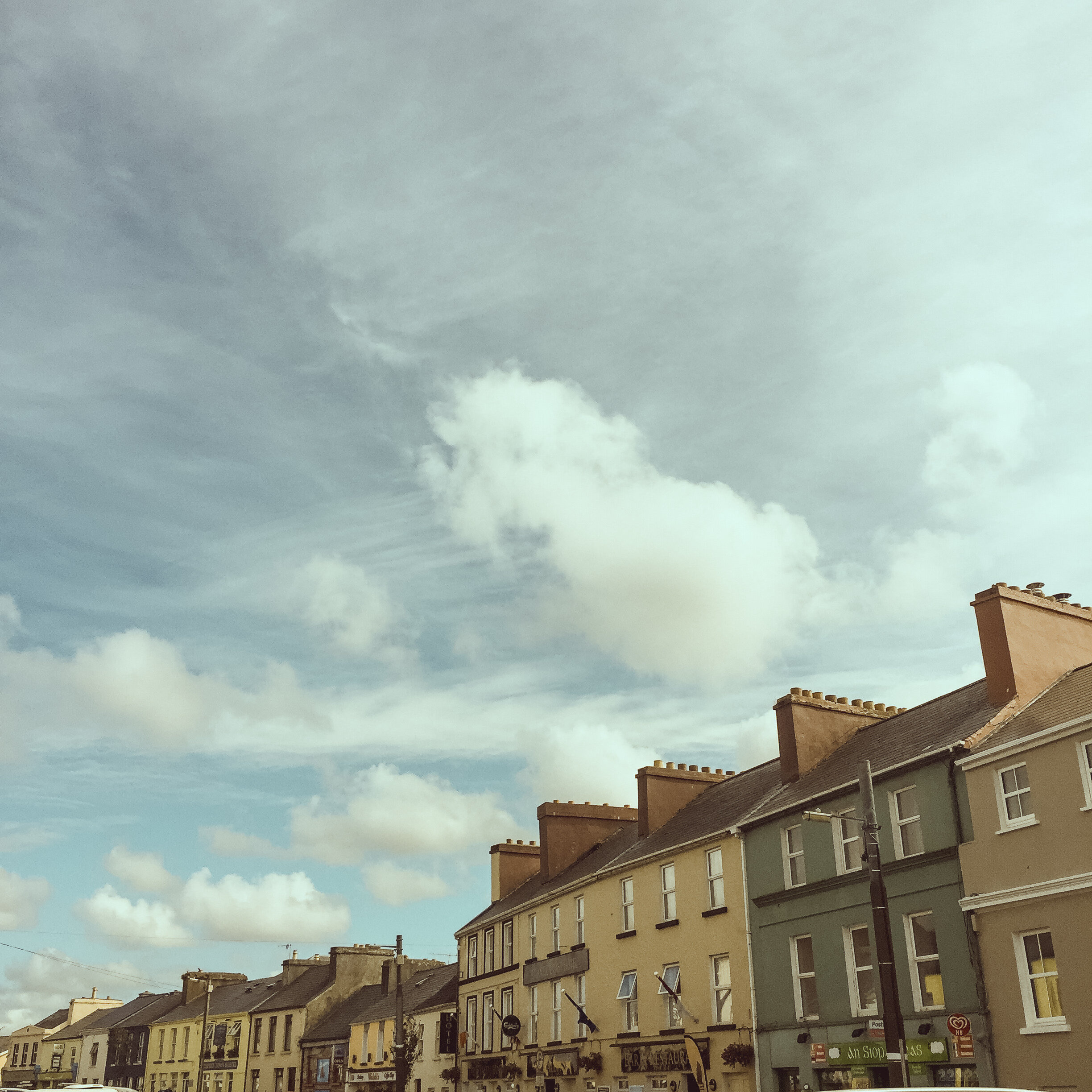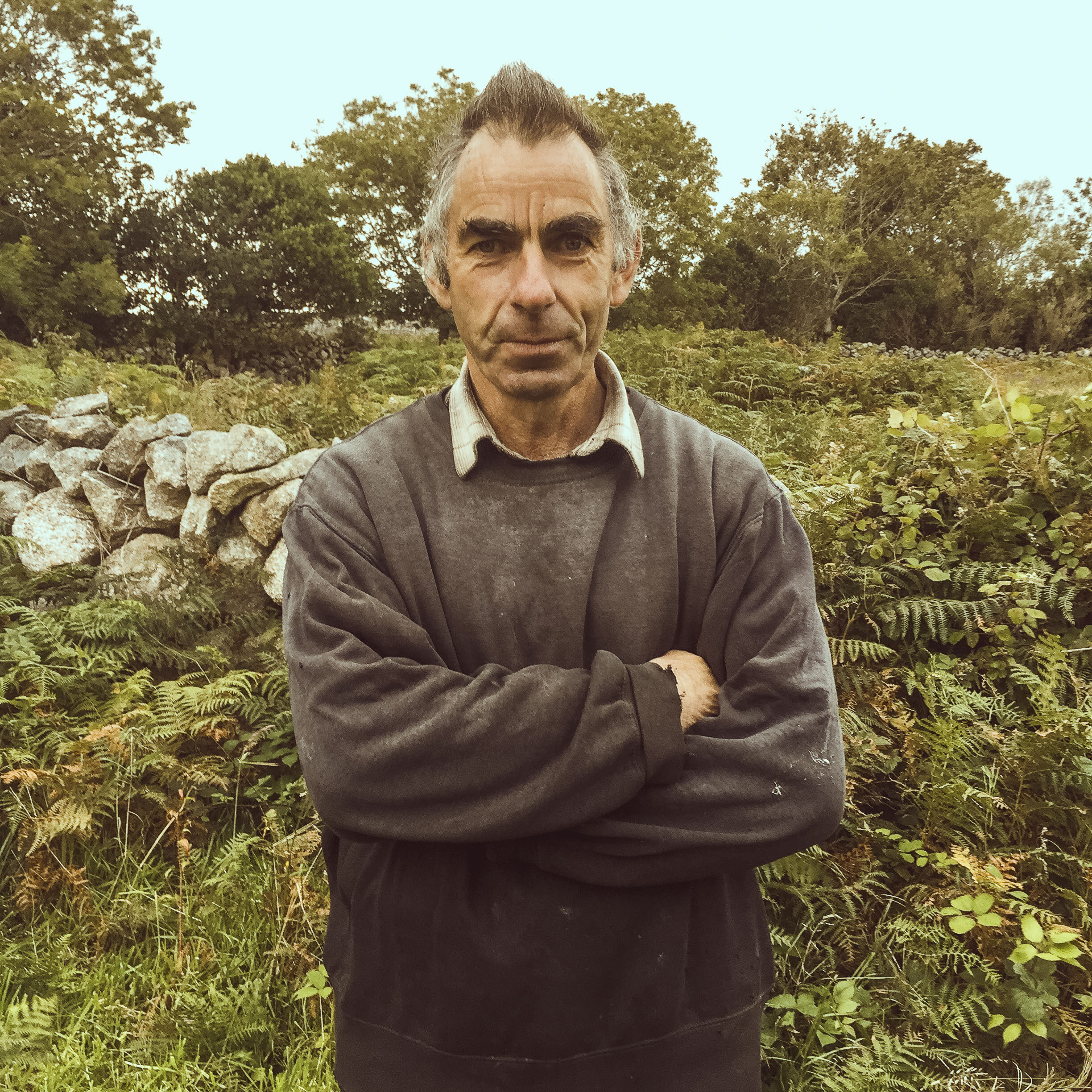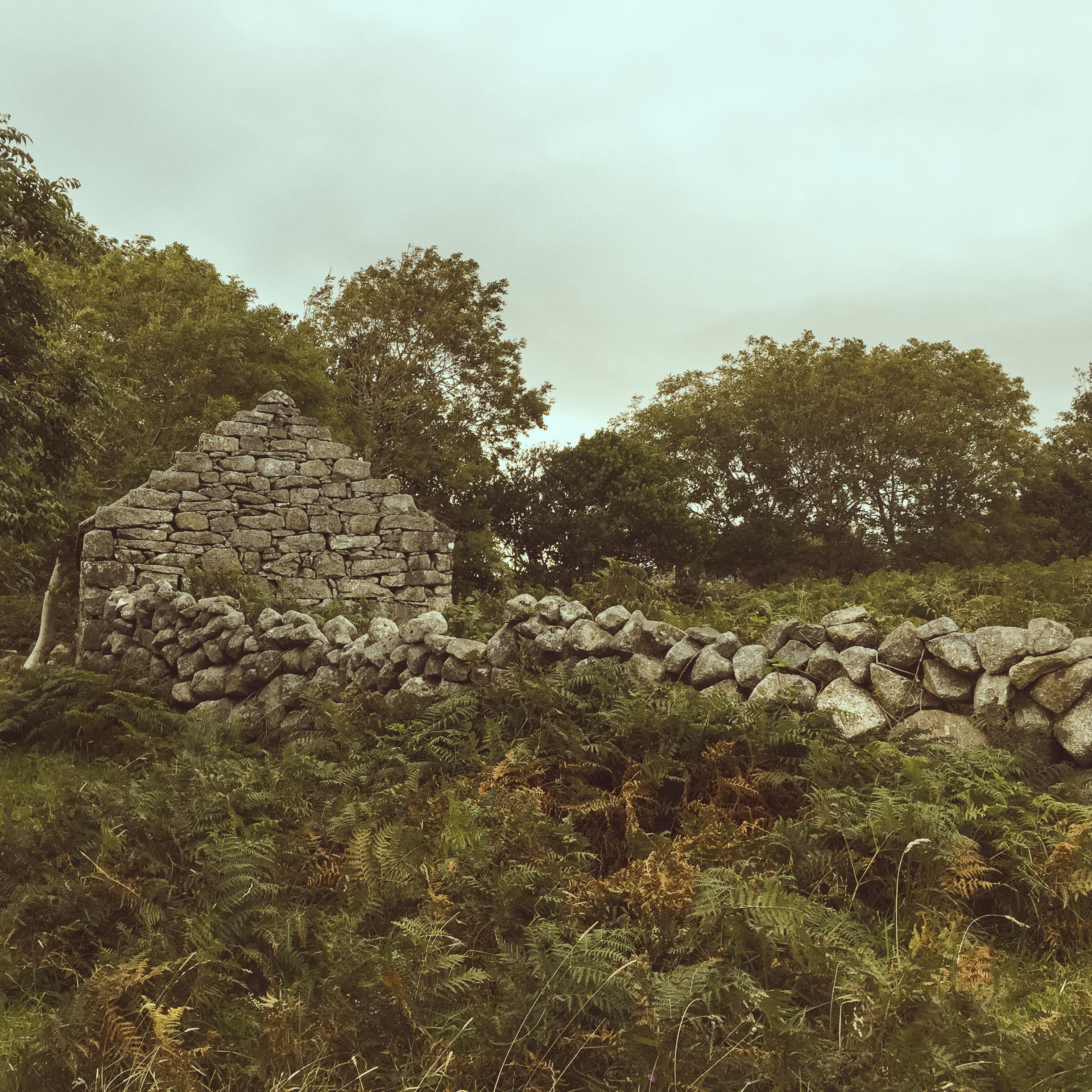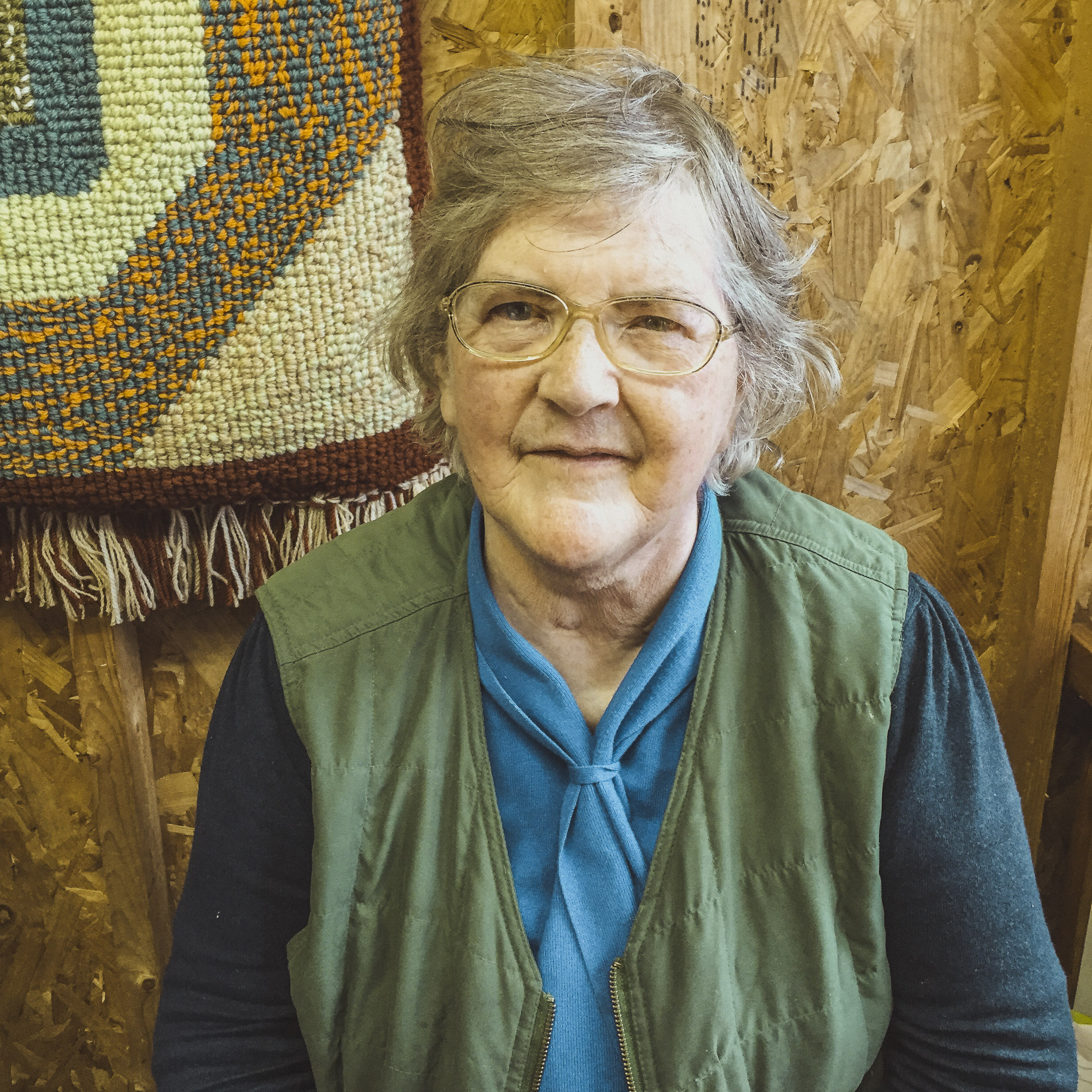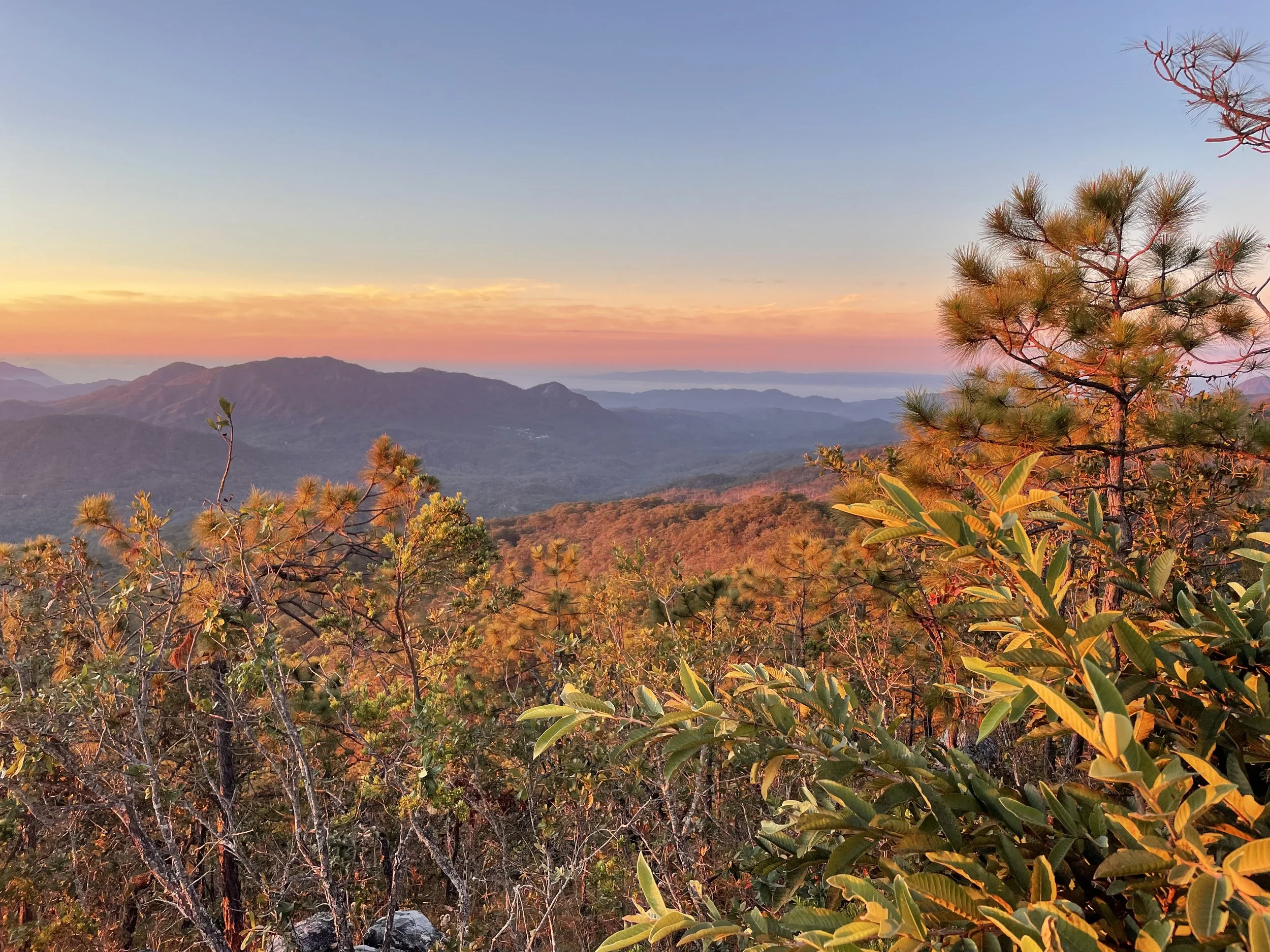A Connemara Girl
On a family pilgrimage to Ireland, I discover
the land of my ancestors and a part of myself
that unalterably ties me to the soul of this nation.
In the autumn of 2015, my father took my brother and me to Ireland for the first time. At the risk of sounding cliche, it wasn’t just any family vacation but rather an ancestral pilgrimage of sorts. We would certainly visit the artist studios and handicraft shops around the Ring of Kerry during our journey, eat scones in every roadside bakery and marvel at the Book of Kells housed in Dublin’s Trinity College Library.
Most importantly, we would try our best to find the very place where my great-grandfather, Thomas, may have been born but was most certainly baptized on the 8th of December, 1875.
A scenic stop on the infamous circular tourist route, The Ring of Kerry, in Ireland’s County Kerry.
The Long Room in the Library of the Trinity College Dublin which houses the Book of Kells.
Irish row houses.
My father, Tommy, who received his name, hadn’t made the trip there since 1968 when he was a teenager, and our relatives still lived there. He had few memories of the journey from Scotland sandwiched in a tiny car with his parents and four brothers except that his father, Thomas, had won big on the horses and could afford to take the family on a week’s vacation. So, from our hotel room in Galway, we decided to call Aunt Mary in Glasgow--my grandfather’s sister--the day before our intended mission. Over a crackling phone line and difficult accent for my unaccustomed ear, she directed us to the small village of Camus Oughter, in the mountain pastures and bogs of the Connemara Gaeltacht, an Irish-speaking region of County Galway. The following morning, we set off with little else but were hopeful we would find the way.
A family photo outside the cottage of Patrick Pearse.
Earth and sky reflected in water in the Killarney National Park.
My great-grandfather died the year before my father was born. So, like myself, he was only known through the stories others told.
It was said, he was an illiterate Gaelic-speaker who swore up and down that he often talked to faeries and leprechauns. Now, any Irishman would tell you that anything is possible while walking the boglands on a foggy night and with a bit of drink in you, but my great-grandfather vowed it to be true till his death.
Unlike this first visit to Ireland, I had visited my father’s birthplace in Scotland several times throughout my life, so much so that I didn’t entirely feel connected to my Irish roots. As an unchaperoned seventeen-year-old, I travelled with my little brother to spend the summer with my father’s family outside Glasgow. Each weekend, I would dress up in mini skirts and platform boots to visit the local club, Nightingails, jokingly dubbed “Nightmares,” with my elder cousins. Consequently, I spent every late Thursday to Saturday night of my visit, clinging to my Aunt Anne’s toilet bowl to discharge the excessive amount of rye and coke I had drunk. That summer, I made a tally of how many cute Scottish boys I snogged and even kissed my cousin’s girlfriend just to show off. But as much as I loved Scotland, no souvenir gift shops sold my last name engraved on a keychain, and I had no tartan to claim as my own because I was a Flaherty with roots to the heathered hills of Connemara. To remedy this, I tattooed my Irish Coat of Arms on my lower back, right on the spot derogatorily regarded as the “tramp stamp.” One day, I would surely tramp to the land my forebears had marked on me, inside and out.
Predating the Pyramids of Giza, Poulnabrone Dolmen, is a neolithic portal tomb on the high Burren limestone plateau. County Clare, Ireland.
A sunny day at the Cliffs of Moher, in the Burren Region of County Clare, Ireland.
A faerie (fairy) garden beneath a tree in a forest.
It would take sixteen years and countless trips elsewhere for me to finally set foot in Ireland, and most sensibly, with my father and brother. We rented a car and explored the customary stops one would expect but with the intention to do our utmost to find the patch of earth to which we could claim some belonging. A visit to Ireland without finding my great-grandfather’s house would have been a failure in my eyes. So, when we spotted a rock with the Gaelic words, “Camus Uachtair,” denoting the turnoff to miles of hand-built stone walls, I was sure we were getting close. Apparently, the entire area was Flaherty territory. As our sleek vehicle drove without hurry through the warren of outlined plots, I could sense the curiosity of locals who probably knew we were looking for some long-lost relative like many other descendants who had come from the Americas. We mistakenly turned into dead-end roads and backtracked several times until a lady on a walk with two giant dogs pointed us in the right direction. My father suddenly had a flurry of memories and recognized the way, although it had changed significantly since his childhood visit.
The stone fencing separating farm plots in Camus Oughter.
My brother, Kiran Flaherty, looking out on the beautiful landscape.
A portrait of local farmer, Joyce, in Camus Oughter, County Galway.
The remains of my great-grandfather, Thomas Flaherty’s, stone house in Camus Oughter.
At the top of the hill, we pulled up to an old house where two brothers lived. Standing outside in knee-high rain boots, with thick, bushy eyebrows, and wearing an old jumper, Joyce was one of the two. He was a local who had grown up and never left the house next door to ours. We piled out of the car and introduced ourselves; I immediately felt how far apart our worlds were though my father apparently had the look of a doppelgänger who had once lived nearby. I could barely understand Joyce’s thick hinterland accent, but I understood how he was representative of what my great-grandfather was like. He was a humble, salt of the earth kind of man, who was practically willing to lie down on the ground so that I didn’t have to step in a puddle. He remembered my family, and as it turned out, back in the day when my father visited, Joyce would have been five years old. Perhaps, this was the second time he and my father had met, though neither remembered the encounter.
We all took a moment to walk the perimeter of the house, shooting photos and videos and touching the stone that had once shielded my family from the bitter Connemara winds. One stone wall’s facade stood with the roof apex still visible, connected to a fence of stacked rocks. It was apparently the remnants of the livestock stable where the family eventually lived after the house collapsed. My grandfather was born in a smaller donkey stable nearby. All of it was overgrown with tall grasses. As a young man, I imagined Thomas seeking a better life for himself when he set off from this place, walking across the rolling green fields, following the labyrinthine walls through a hundred different kinds of rain and across the sea, which would deliver him to new possibilities. He would eventually serve in the 8th Royal Sussex Pioneers in the First World War and later marry Annie Church in the St Mary’s Chapel in Glasgow. They would have three children, Mary, Ellen, and my grandfather, Thomas.
With that singular migration, my patrilineal bloodline would become hyphenated.
We became Irish-Scots.
A local woman selling woollen products, tells us about faerie folklore.
A rain covered bench surrounded by daisies.
Though there was little left of our history to see, finding this out-of-the-way-place where my people had once lived was like collecting another piece of my personal story. Though truthfully, I come from many places. Born in Canada to a Tamil woman and a Scottish father, with Irish curls and Indian hips, I have each of my legs pegged to disparate lands. This fascinating friction of warrior Robert the Bruce, and Tamil film hero, Rajinikanth, is like the axis of my existence. These cultural crossroads are my every day, my private war, and the restlessness in my soul. For this reason, I’ve long been consumed by the act of “re-membering” my quartered existence.
Like limbs stretched in opposing directions or people severed from their traditional lands, my ancestral pilgrimages are my way of reclaiming lost soul territory.
On my journey to Ireland, I discovered that, like my kinfolk, I, too, am a child of lament, literature, and rebellion. This primordial land of rust, iron, and bone whispers the Druids’ secrets, tales of the faeries, and mysteries of the Celts; It is where locals wrap themselves in a warm blanket of folklore. Here one can find window sills decorated with flowers and trinkets for the passerby’s pleasure, bringing life to a place that is often painted in fifty shades of grey. And where I did finally find keychains with my surname engraved, a castle where my fierce ancestors once ruled, and our Gaelic name, Ua Flaitbeartaig, hanging above a pub door. Perhaps one of the most memorable finds on our trip was meeting the eccentric musician, Mazz O’Flaherty, infamous owner of Dingle’s smallest record shop. She was not only emblematic of the jovial nature of the Irish, but she legitimately looked like one of my kin.
The Gaelic spelling of O’Flaherty is painted on the O’Flaherty’s Bar in Dingle, Ireland.
Singing a song with the infamous Mazz O’Flaherty in Dingle’s smallest record shop.
Possibly, like every person that visits that island jewel in the North Atlantic, I wanted to stay in Ireland forever. It is a place where I imagined myself writing a book while listening to the patter of raindrops on the windowpane. I like to think that some part of me will always be there, just as my great grandfather’s adventurous spirit surely resides in me. Without a doubt, I am a result of the choices he made in his life, and this simple fact urges me to contemplate which roads I will take in my own.
On the final days of our trip, we visited The Famine Memorial in the Dublin City Docklands, commemorating the Great Starvation of the 19th century (Irish Potato Famine). I would never forget the gut-wrenching expressions of utter despair on the life-size bronze statues of starved men and women dragging their bodies along the riverbank. This tragic moment in Irish history permanently changed the country and created millions of refugees who became the seeds of a large Irish diaspora that flowered abroad. Like so many, my claim of Irish ancestry isn’t unique but unalterably ties me with the deep soul of this nation.
For that reason, no matter how far and wide I might travel,
some part of me will always be a Connemara girl.
A bronze statue of The Famine Memorial at the Dublin City Docklands.
(With special thanks to Jennifer Roe, whose meticulous research of my family tree provided the historical details in this story.)




